
Sonja Pieck’s book about Germany’s Green Belt, the once-militarized Iron Curtain border between the former East and West Germany, begins with the Bates professor back in her homeland, walking with an ornithologist along part of the huge conservation corridor.
As they walk, she turns and notices a cluster of crosses fashioned into an ad hoc memorial beneath a small stand of oak trees. A wooden sign at the memorial explains that it commemorates the lives of two border guards who had been killed there.
At that moment, Pieck had an epiphany: If not for the Green Belt’s management approach, the formerly militarized corridor would have simply reverted back to forest, and the deaths there could never have been honored in this way. The simple memorial had created a narrative about the lives that had been lost there, and the loss and pain that connected others to this spot.
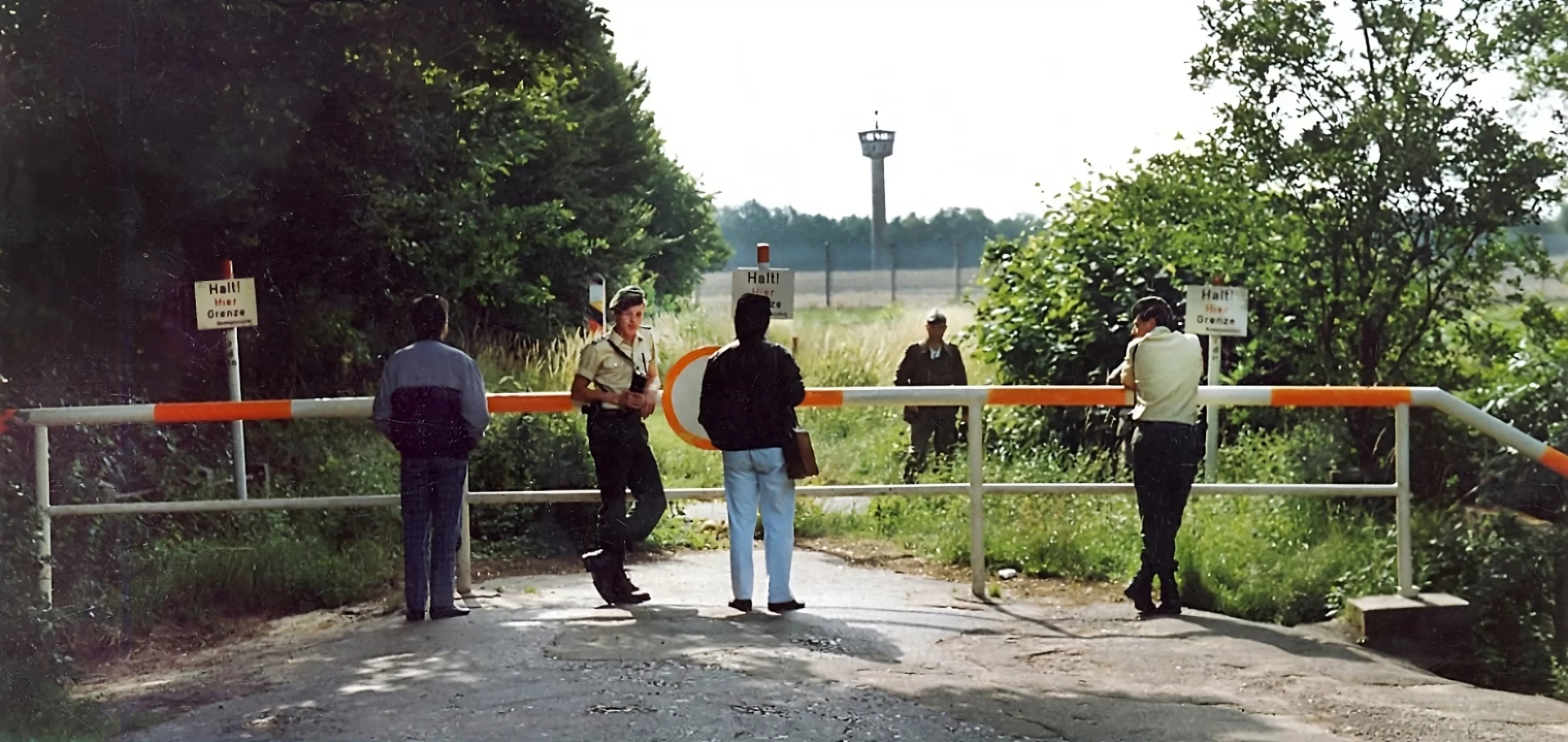
“Somebody had written a poem to remember the dead and put it under glass, right next to a carefully arranged wreath of flowers” recalls Pieck, the Clark A. Griffith Professor of Environmental Studies at Bates. “That was perhaps one of the pivotal moments of my research, where things just fell into place. It deeply moved me, this relationship between love, grief, memory, and conservation.”
Last month, Pieck’s book about the Green Belt, Mnemonic Ecologies: Memory and Nature Conservation Along the Former Iron Curtain (MIT Press, 2023) earned a PROSE Award in the category of Environmental Science and a higher-order award for excellence in physical sciences and mathematics, one of just four “super-category” winners in the Association of American Publishers’ annual awards program.
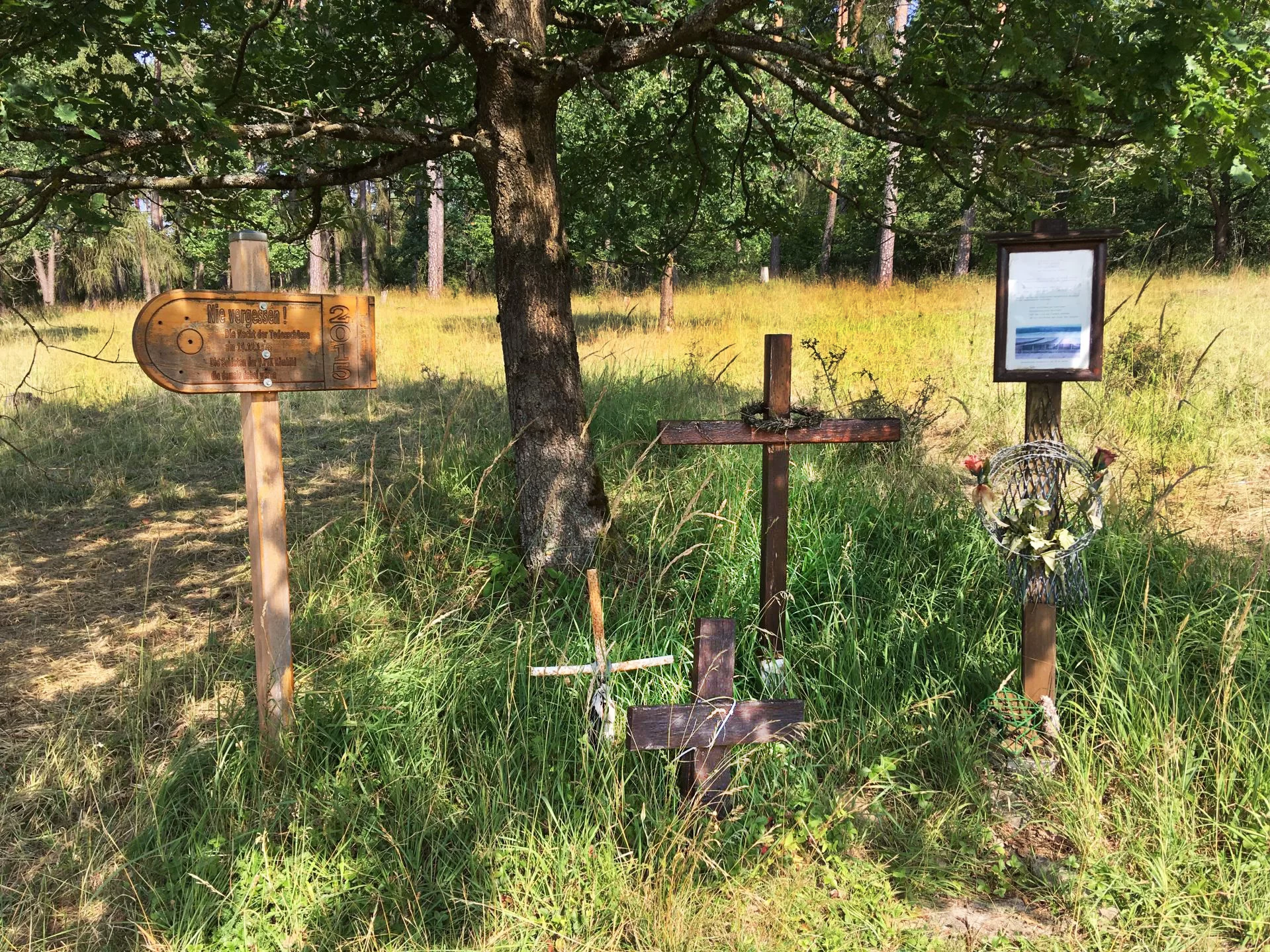
Pieck sets aside industry jargon to turn the book with the heady name into one that reads like a good novel. From the start, Pieck said the goal was clear: To get the book’s overarching message that conservation on wounded land must engage with memory — the memory of humans, animals, and the Earth — beyond academia to the international conservation community.
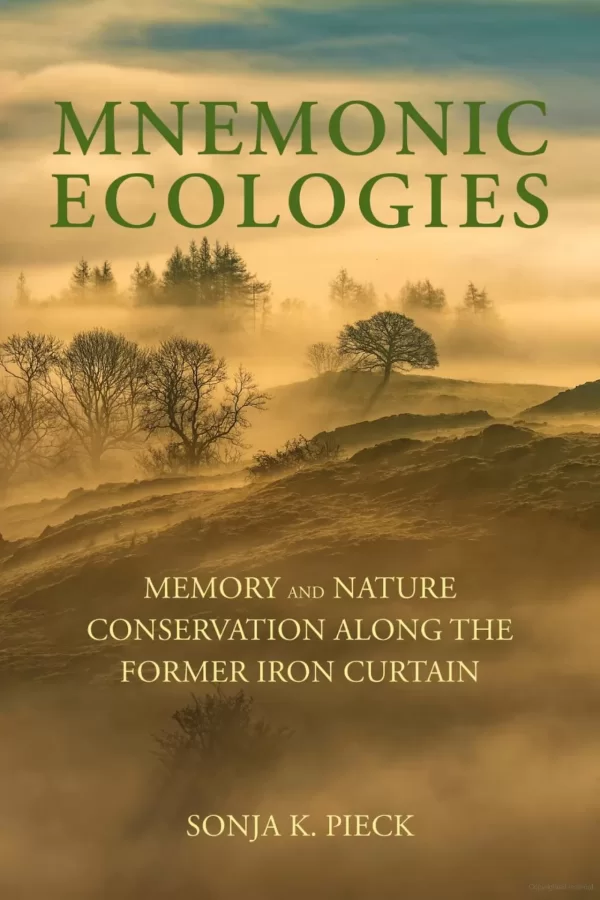
“At its core, it’s a story about people and their love for the land,” says Pieck. “I wanted to speak to the practitioners and conservationists, but also broadly to historians and artists and even people who are coming in from the mental health side — professionals who are thinking about questions about truth and reconciliation or about repair work more broadly.”
Her message in Mnemonic Ecologies already has resonated beyond academia. In June she will speak on a panel of scholars about the Green Belt effort at a world heritage preservation symposium co-hosted by UNESCO and the Critical Global Studies Institute in Seoul, Korea.
In Korea, the demilitarized zone is about 160 miles long and 2.5 miles wide. There, too, nature is taking back the built environment. As in Germany, the Koreans “have experienced the sort of ecological irony of endangered species settling in and near the demilitarized zone. They want to take a similar conservation approach. So they’re in discussion with German conservationists, and drawing on people like me to help think about history, memory, and heritage in the age of ecological crisis.”
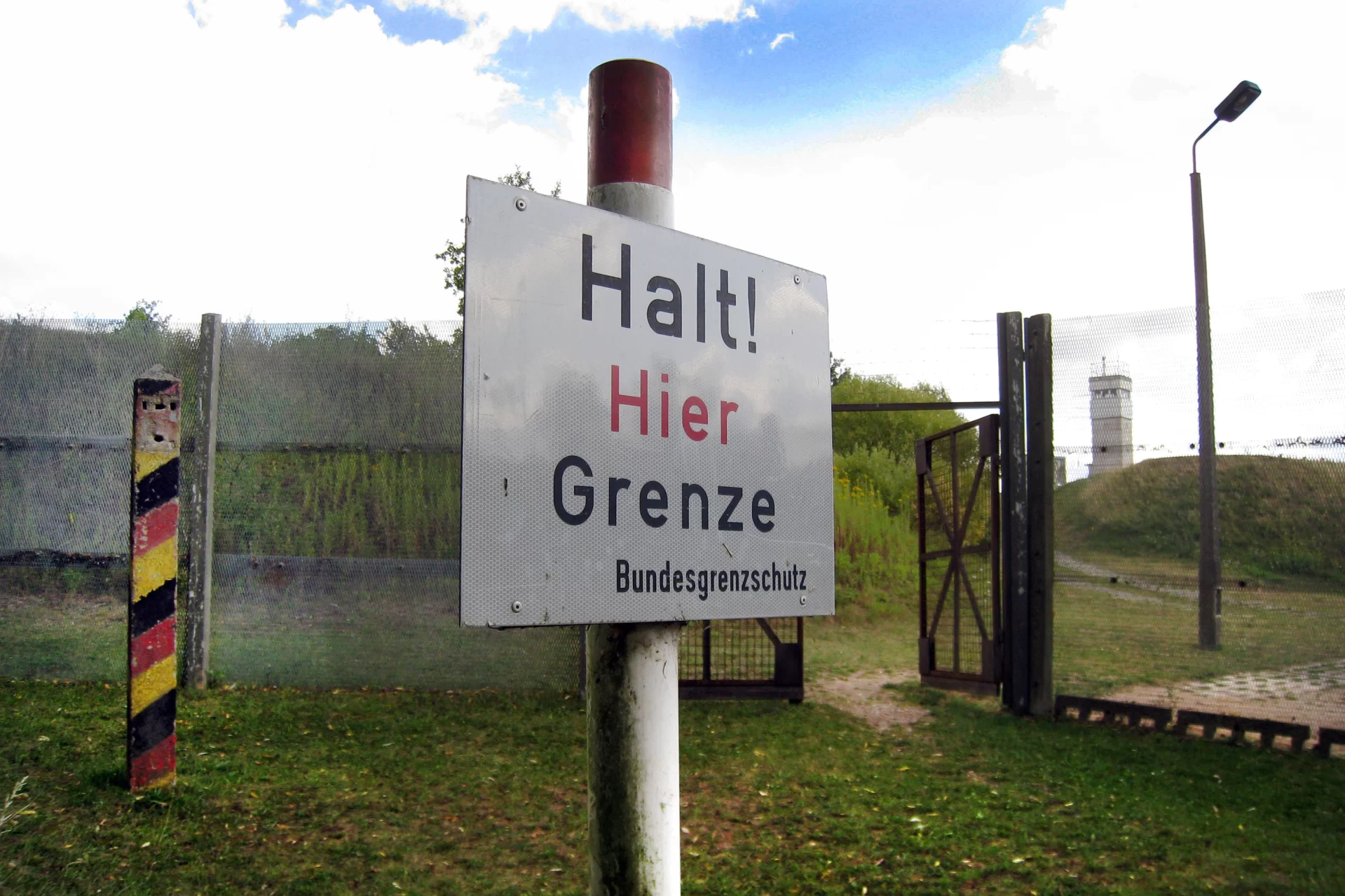
Much of Mnemonic Ecologies is an in-depth case study of how the Green Belt aided in Germany’s larger nationwide reckoning with its decades-long partition, socialist dictatorship, and challenging reunification. In creating the 866-mile swath of open land with the nation’s history in mind, the effort demonstrated how conservation, when approached as a community effort, can protect threatened species and habitats as well as serve as an opportunity for reparation and healing after civil unrest and war.
Done well, she said, conservation can create space for psychological well-being by embracing a sense of place, and what that place might mean to different groups of people, as Pieck explains in her book:
“Working the terrain of grief need not be the sole responsibility of the conservationist but rather should be facilitated by broader coalitions than usual. Science-based conservation NGOs are used to working with local partner organizations, but especially in landscapes of post violence, it is time to draw in new allies such as historians, post-war documentation centers, mental health professionals, pastoral care workers, victims organizations, museums, artists, theater groups, storytellers, poets, and peacemakers — in other words, those who understand how to care for the living by honoring their dead.”
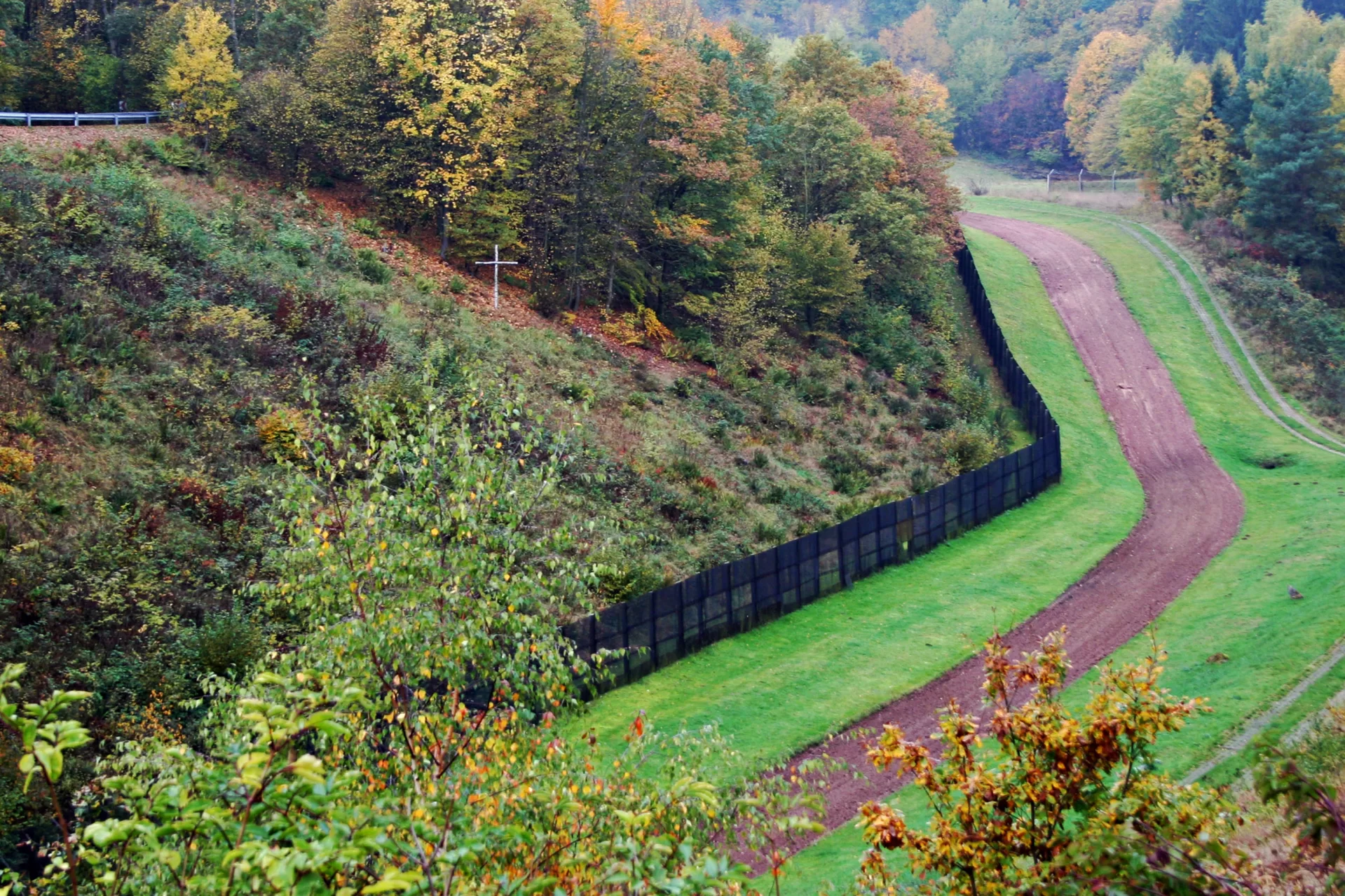
Pieck identifies broad lessons from the German Green Belt experience that might be applicable to other projects worldwide, including the United States. “I think one can argue that the entire United States consists of wounded land, given the history of land theft, genocide, and slavery,” Pieck said.
At the end of the book, a chapter on global mnemonic ecologies looks at wounded land more broadly, including at some of the most biodiverse places in the world that also have been arenas for some of the worst conflicts of the 20th and 21st century, places like the Balkans, Colombia, and Cambodia. Pieck said these places also are facing the tension between memory, memorialization, pain, grief, loss and the need for conservation to protect rich biodiversity. “Local communities need to decide how best to do that based on their unique situation. There are inspiring examples worldwide where people are already engaged in this kind of care-work.”
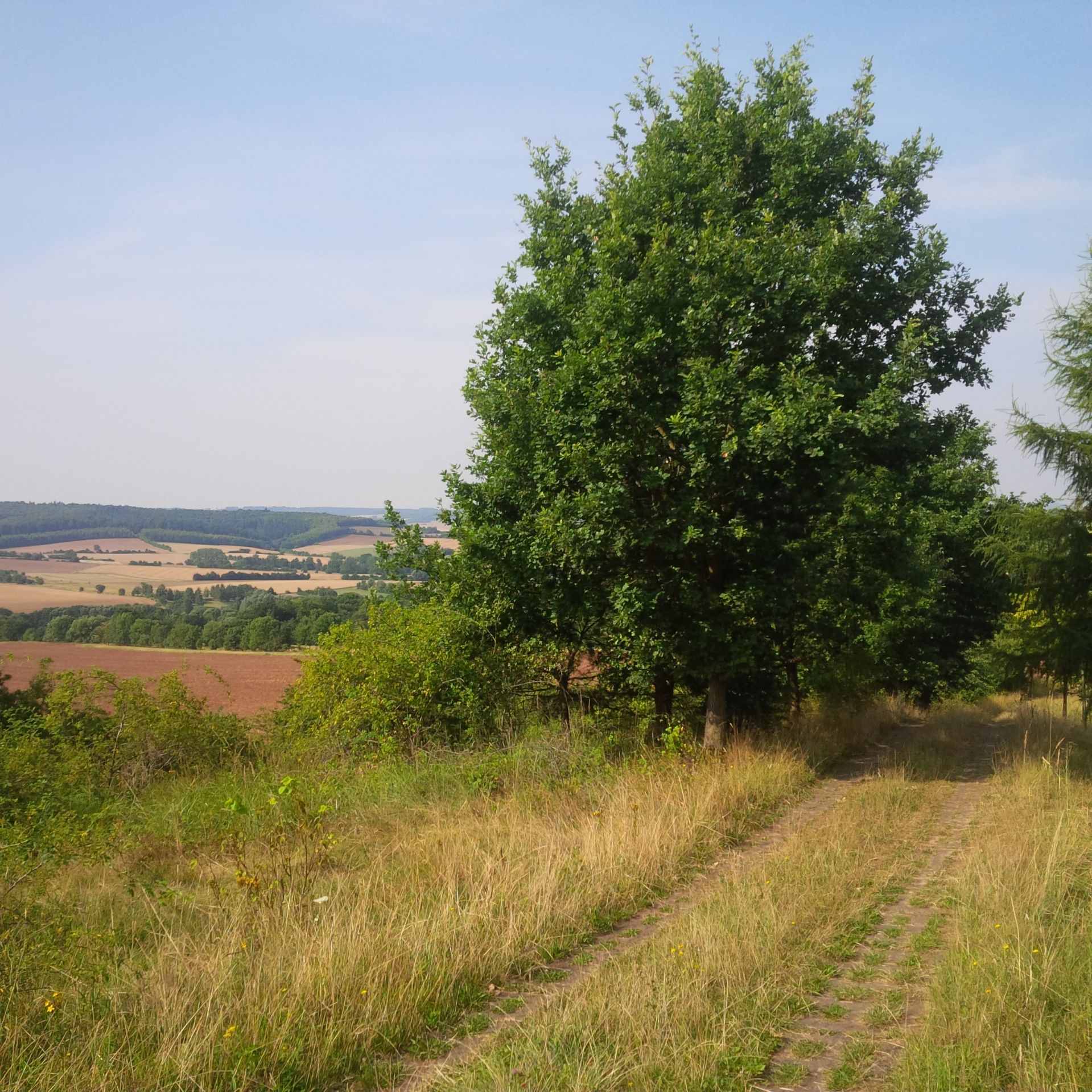
Pieck’s research spanned nine years, including six summers in her native Germany doing fieldwork along different stretches of the Green Belty, which became a gratifying and enjoyable experience.
From there, the writing flowed easily. “I had thought about this topic for so long, and I had accumulated so much evidence and so much scholarship on it that the writing process itself felt good,” she said.
“It is a story of ecological revival. It’s beautiful that something healing could come out of the pain. That gives me so much hope.”



